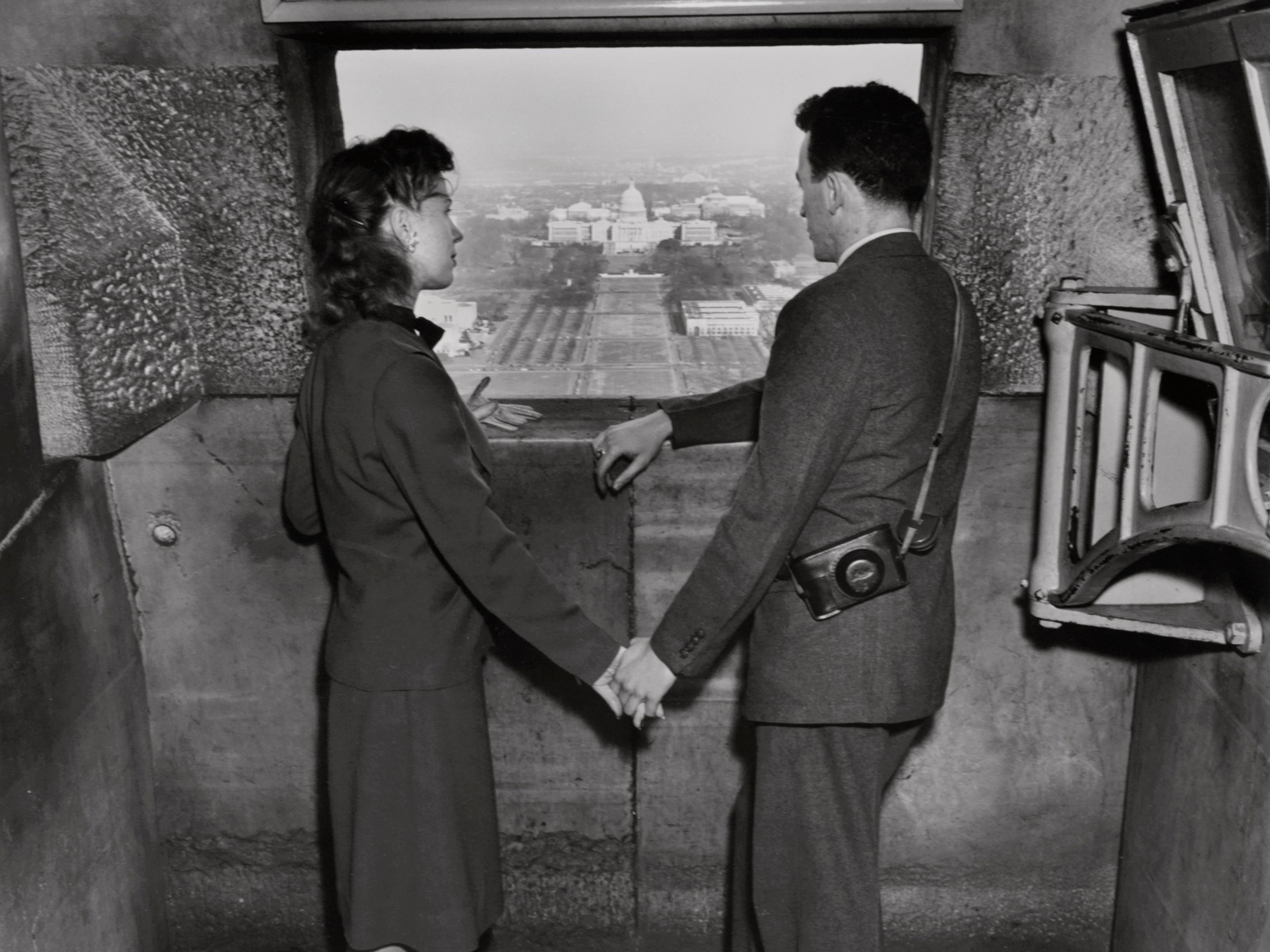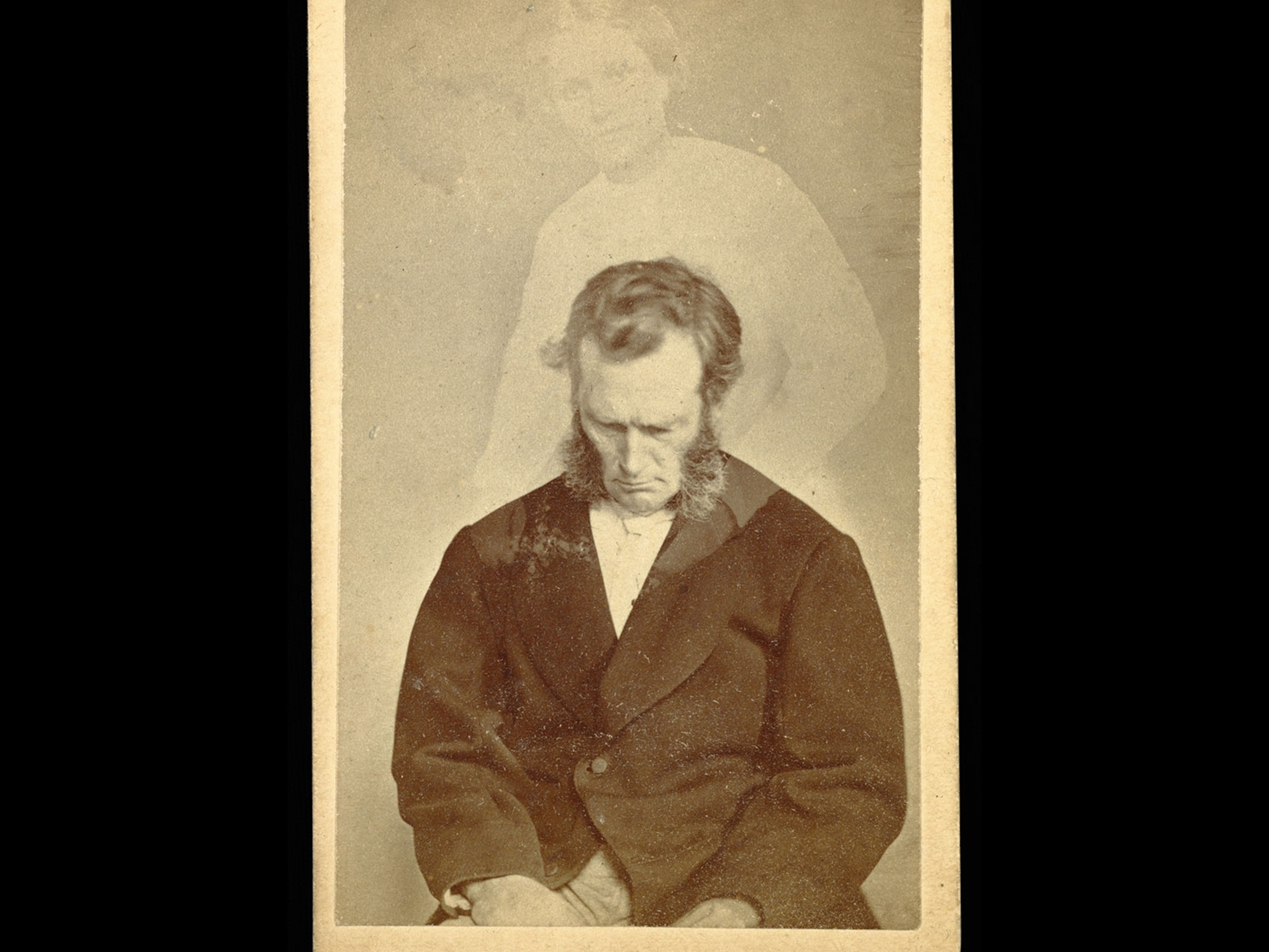
Picture Archive: West Virginia, 1940s
To become a state, West Virginia had to learn how not to secede.
The 35th state turns 150 years old today.
West Virginia—often considered the northernmost of the southern states and the southernmost of the northern states, since it straddles the Mason-Dixon Line—was the result of a split decision.
Back when it was all Virginia, the mountainous, industrial-leaning western half and the rolling, plantation-filled eastern half didn't see eye-to-eye for much of the 1800s—a situation that came to a head around the Civil War.
John Brown's 1859 raid on the federal arsenal at Harper's Ferry—an attempted slave revolt—was quelled, bloodily, in less than two days. But it may have fueled Confederacy-leaning constituents and led to renewed vigor for Virginia's secession.
The western half of the state balked. And at the beginning of the 1860s it broke free, declaring itself its own entity and calling Virginia's secession illegal.
President Lincoln signed the West Virginia statehood bill on the last day of 1862. On June 20, 1863, West Virginia officially became a member of the Union—and the only state formed by a presidential proclamation.
Adopted in the state's constitution as part of the state seal, West Virginia's motto became "Mountaineers are always free."
Today, it's a state largely known for its coal industry, which began taking shape in the 1800s. Production skyrocketed in the new state as industry increased at war's end. By 2012, West Virginia coal accounted for about 15 percent of the country's total electricity.
This image of a coal miner in Omar, West Virginia—taken by staff photographer B. Anthony Stewart—was published in the May 1944 issue of National Geographic magazine, in a story titled "Coal: Prodigious Worker for Man."
"Stamped on His Face Are the Years of His 'Nights' Underground," reads the caption for the photo. "Work done, he is on his way to the lamphouse to leave his battery for recharging. Next he will visit the bathhouse, but, scrub as he will, he cannot entirely remove the black badge of his craft."





